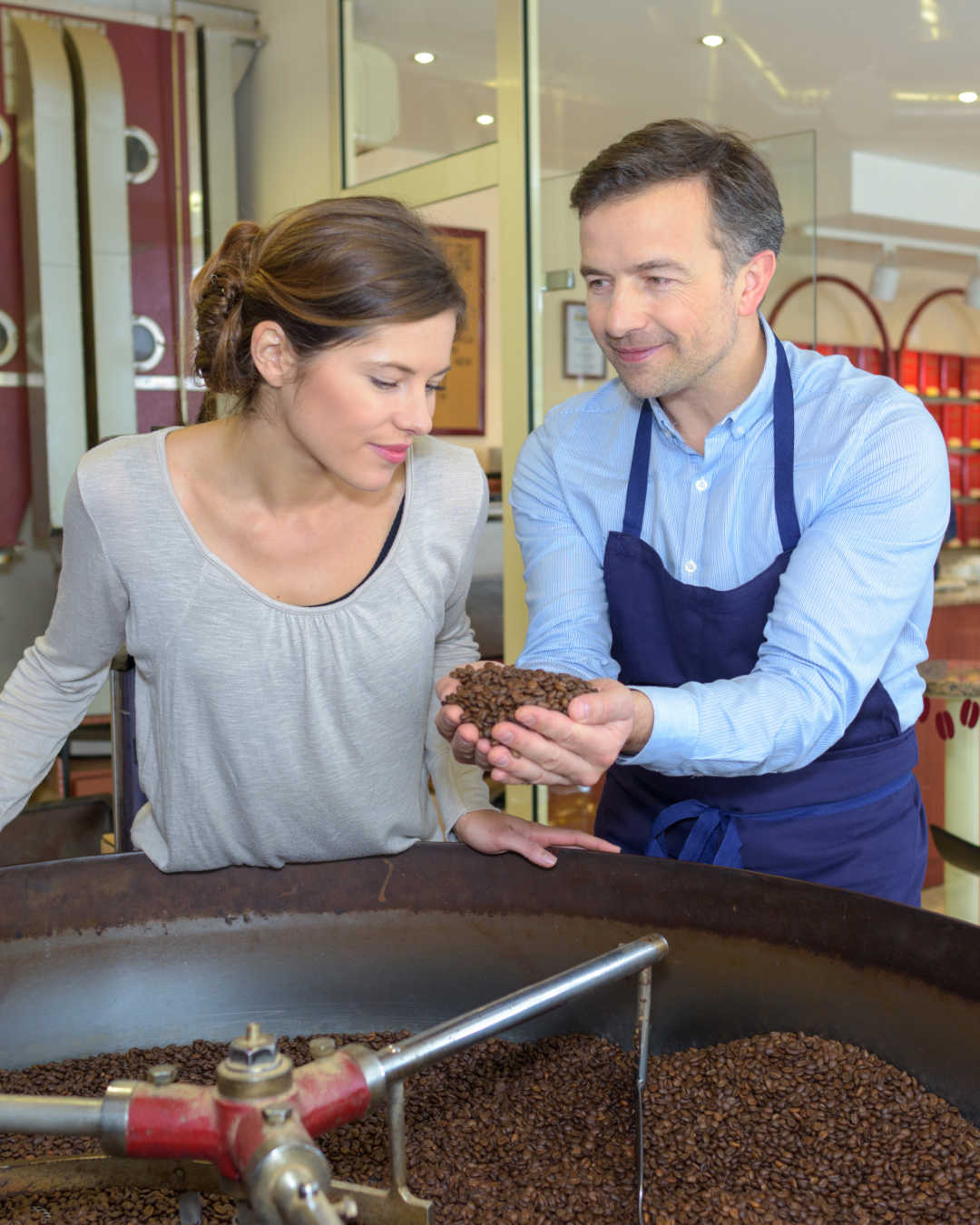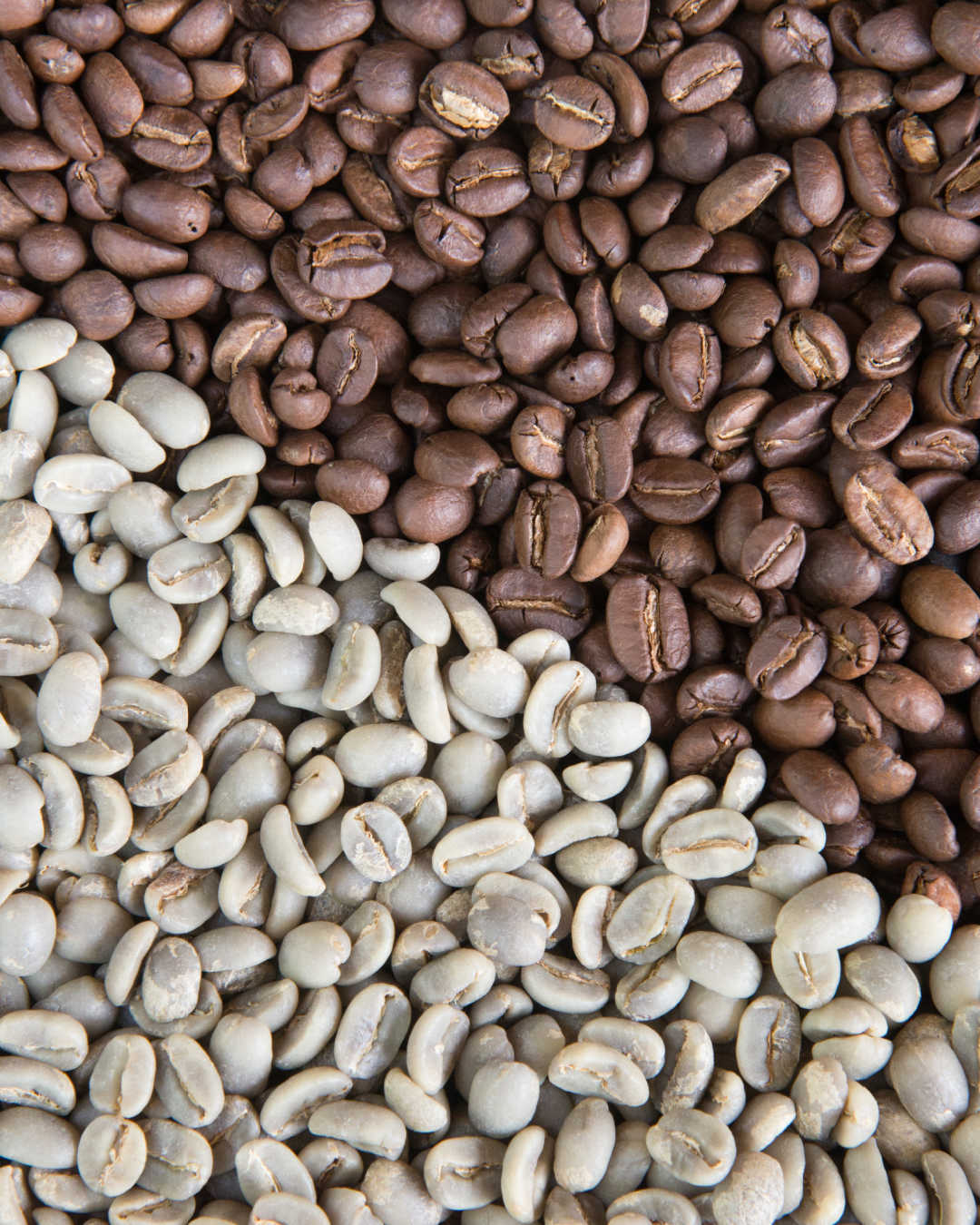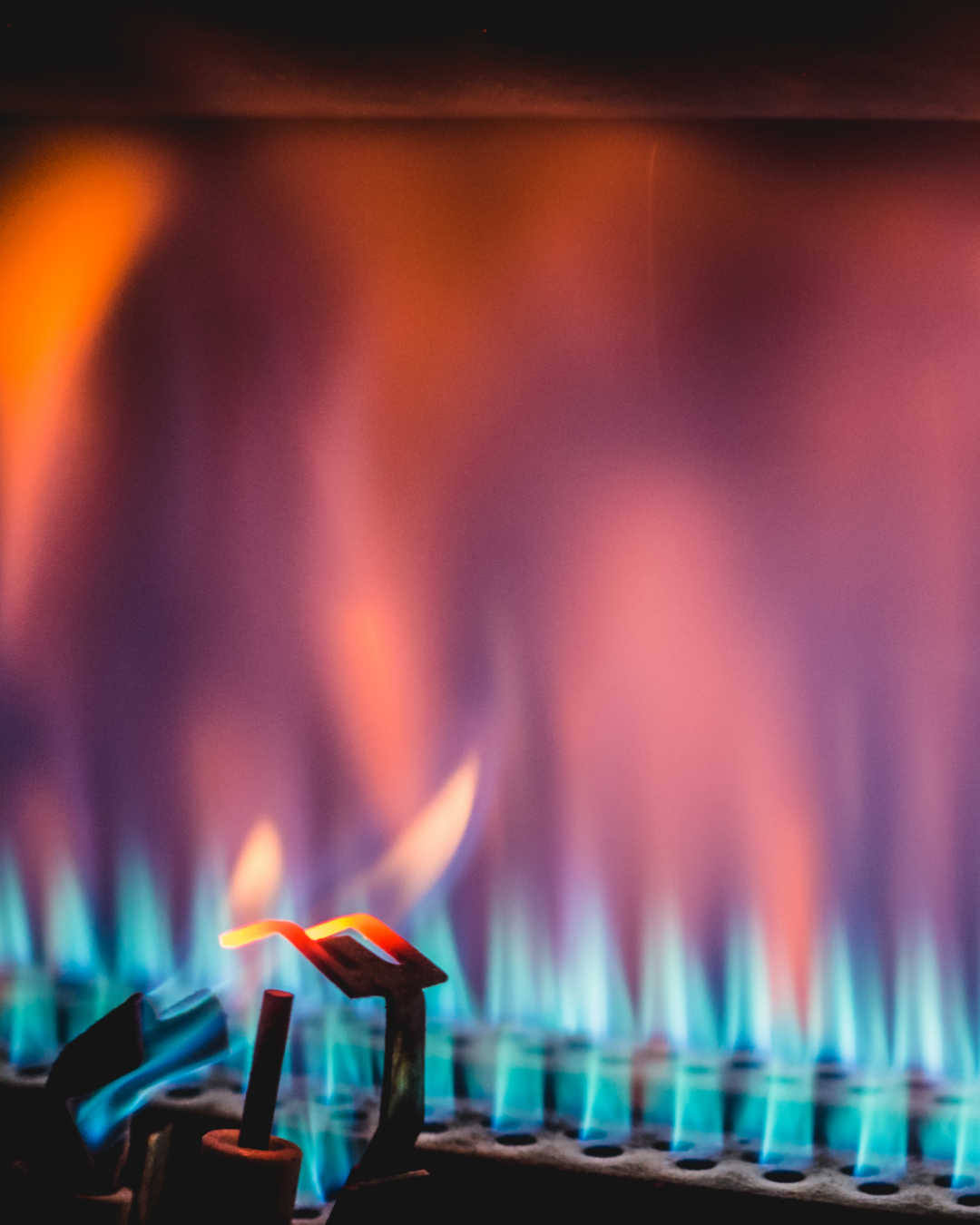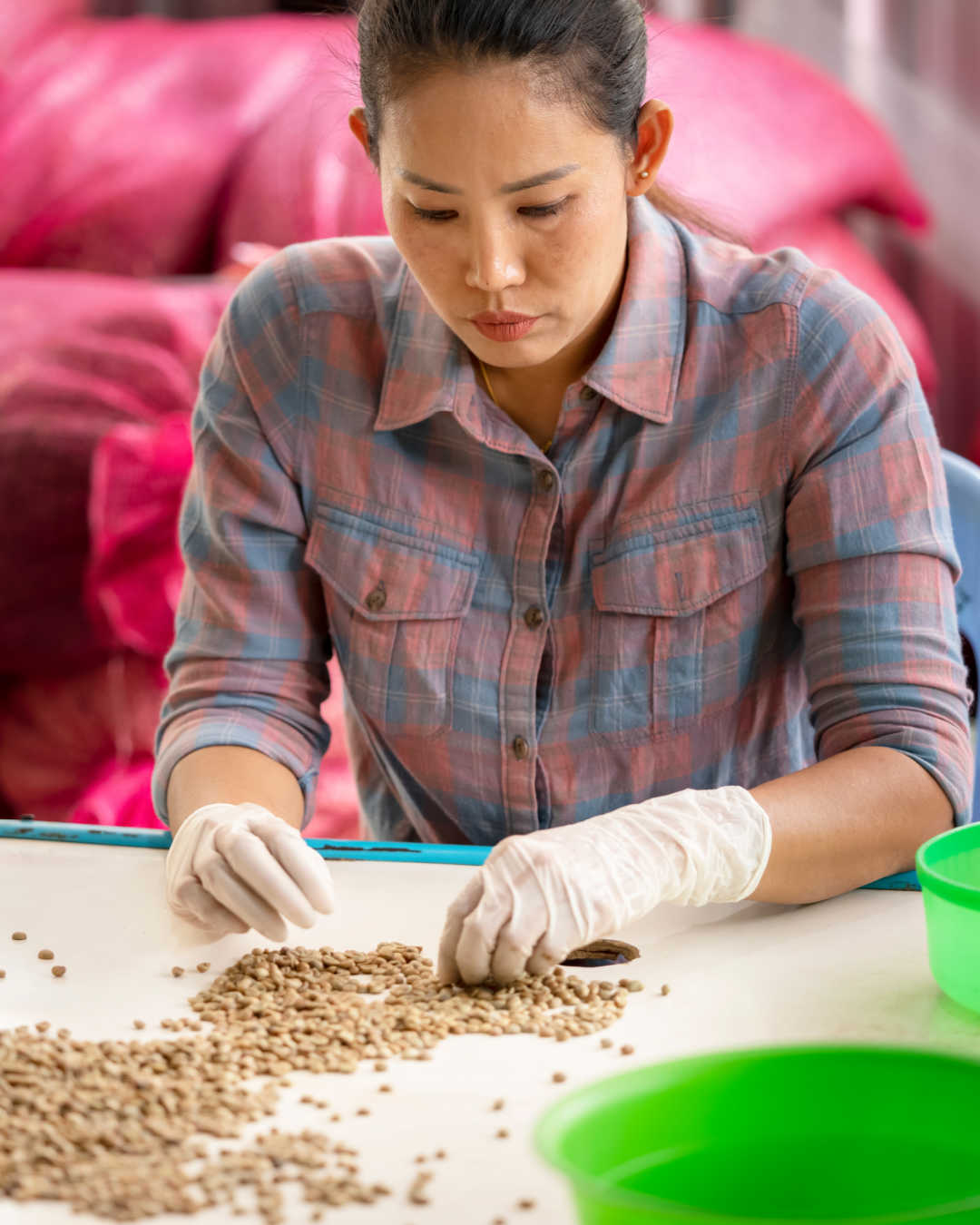
Coffee roasting is a sophisticated process that transforms raw green coffee beans into the aromatic, flavorful beverage we drink. The intricacies of roasting—from the initial drying phase to the chemical transformations that create flavor—deepens the appreciation of not just a good cup of coffee, but for the remarkable intersection of science and artistry that makes it possible.
From Green Bean to Brew: The Transformation

Roasting begins with ordinary green coffee beans. In their natural state, these beans are the dried seeds of the coffee tree, possessing little aroma or recognizable flavor. Their potential is unlocked through the intense application of heat, which sparks a series of complex chemical reactions responsible for the development of aroma, color, and flavor.
As the internal temperature of the beans rises, reactions occur. Sugars and amino acids interact, lending brown coloration and complex flavors. Caramelization increases sweetness and depth, while organic acids are transformed to adjust the final cup’s acidity balance.
The roasting process also culminates in the audible “first crack”—a hallmark moment where beans crack open due to internal pressure. After this, the development of flavor, sweetness, acidity, and bitterness intensifies, depending on the careful modulation of time and temperature.
A more pronounced “second crack” can occur in darker roasts. Beyond this point, beans become very dark, with a surface sheen of oil, and flavor characteristics become deeper, occasionally acquiring smoky or bittersweet notes. Careful monitoring at this stage is required to prevent unwanted bitterness or burnt flavors.
The Influence of Bean Characteristics and Roasting Variables
No two roast batches are exactly alike due to variations in bean origin, size, moisture, and density. Larger beans require gently applied heat over a longer period to ensure the interior roasts as evenly as the exterior. Beans with higher moisture content roast more slowly and call for tailored time and temperature adjustments, especially in high-altitude coffees. Every choice made in the roasting process, from initial temperature to airflow adjustment, leaves its mark on the final result.
Specialty coffee roasters tend to preserve the unique flavors of a particular coffee’s origin, favoring lighter roasts that highlight clarity, complexity, and the nuanced acidity inherent to specific growing regions. Commercial roasters often prefer darker, more universal roasts to deliver consistent flavors geared toward broad appeal and uniform quality.
Profile Development and Consistency
Consistency is key in roasting, achieved through detailed roast profiles that record and guide every facet of heat, airflow, and timing. By tracking variables such as roast time, bean weight loss (due to moisture evaporation), and finished color, roasters develop repeatable procedures that reliably deliver the desired outcome. Color testing helps maintain batch-to-batch uniformity in appearance and roast endpoint, serving as a quantitative control even if flavor is still assessed through tasting.
Digital advancements have streamlined roast profiling. Modern roasters benefit from equipment that records temperature curves, tracks time-value data, and even employs artificial intelligence or infrared sensors to suggest or automate adjustments that optimize results. These innovations empower roasters to gradually refine their craft with better precision and repeatability.
Roasting Equipment: Methods and Innovations

The machinery chosen for roasting exerts a pronounced influence on both the process and the flavor of the roasted beans. Drum roasters, the backbone of specialty roasting, use a rotating drum heated by gas or electricity. This design melds convection and conduction to ensure smooth, even roasting—ideal for nuanced flavor development. Fluid bed or hot air roasters use powerful streams of air to suspend and heat beans, speeding up the roasting with less risk of burning. Equipment for home and experimental use, including stovetop and small-batch electric roasters, offer flexibility and a hands-on introduction, albeit with limitations in batch size and control.
Recent technologies add digital controls, real-time data logging, and even remote access via internet-connected interfaces. Some commercial systems feature AI-driven roast analysis and thermal imaging, supporting the operator in fine-tuning or automating parts of the process to maximize repeatability and quality.
Sensory Analysis and Quality Evaluation
Evaluation of roasted coffee is a blend of sensory tradition and analytical rigor. Roasters and professional tasters hone skills to identify subtle shifts in acid balance, aroma, mouthfeel, and finish. Light roasts often express vibrant fruit or floral notes, with lively acidity and lighter body. Medium roasts achieve harmony between sweetness and acidity, with emerging caramel and nut notes. Darker roasts develop bolder, bittersweet, or smoky characteristics, with substantial body and lingering finish.
The standardized process of “cupping” allows for repeatable and objective assessment of a coffee’s sensory properties. Through careful tasting at different stages of preparation, factors such as sweetness, balance, clarity, and the presence of distinctive origin notes are recorded and analyzed. This structured approach underpins both quality assurance and ongoing profile adjustments to reach or maintain target flavors batch after batch.
Sourcing, Sustainability, and the Coffee Journey

The roasting story begins at the farm, in the tropical, often high-altitude regions where coffee is cultivated. Each step, from selective harvesting to final export, brings unique attributes and potential to the roast. Increasingly, ethical sourcing and sustainability have become integral values across the supply chain. Shade-grown coffee, biodiversity initiatives, and fair-trade certifications help support both ecological integrity and the well-being of farming communities, frequently resulting in superior raw material for roasting.
The journey of the bean relies on quality control and transparency every step of the way. By choosing responsibly sourced beans, roasters and consumers alike contribute to a more sustainable and vibrant coffee ecosystem.
Roast Levels and Brewing Methods
Roast development is often tailored to brewing method. Espresso blends are typically taken to a slightly darker degree to optimize solubility, resulting in a robust, syrupy shot. Filter or pour-over methods call for lighter roasts, which preserve and showcase the subtlety and complexity of the bean’s natural characteristics.
Understanding the interplay between roast level and preparation style is essential for both roasters and coffee lovers seeking to maximize quality and enjoyment in each chosen brew method.
Conclusion: The Coffee Roaster’s Craft
Ultimately, coffee roasting is both an art and a science—a balance of technical mastery and creative intuition. Every choice, from bean selection to the smallest heat adjustment, shapes the final cup. Technology now enables greater control and repeatability than ever, but the heart of great roasting still lies in the sensory skills and personal touch of the roaster.
As you further explore the world of coffee, understanding the roasting process will empower you to make more informed, rewarding choices—whether selecting a new bean, tweaking your home roaster, or simply savoring your morning cup with deeper appreciation. Share your experiences, join the conversation, and help cultivate a broader appreciation for this ever-evolving and captivating craft.